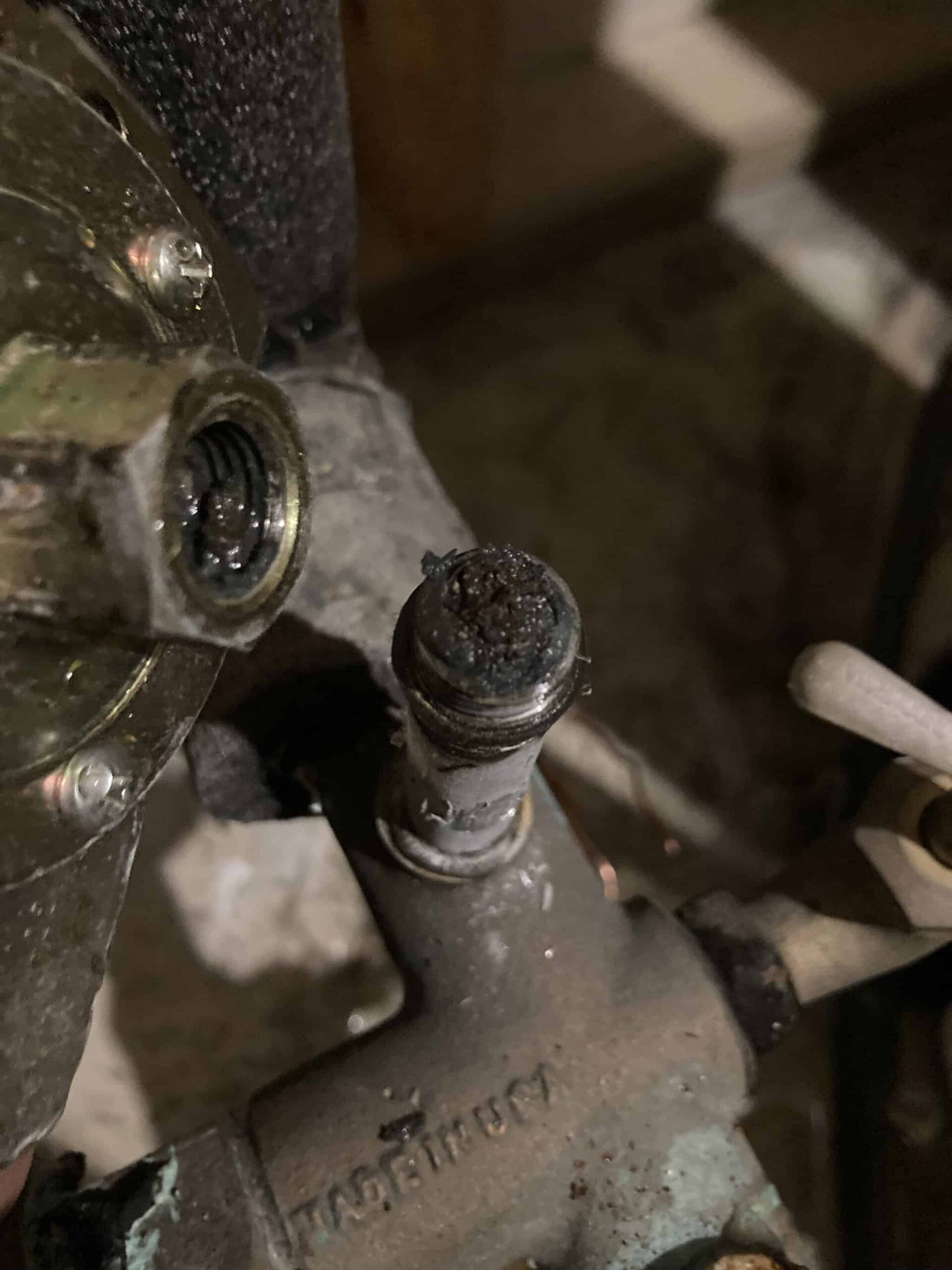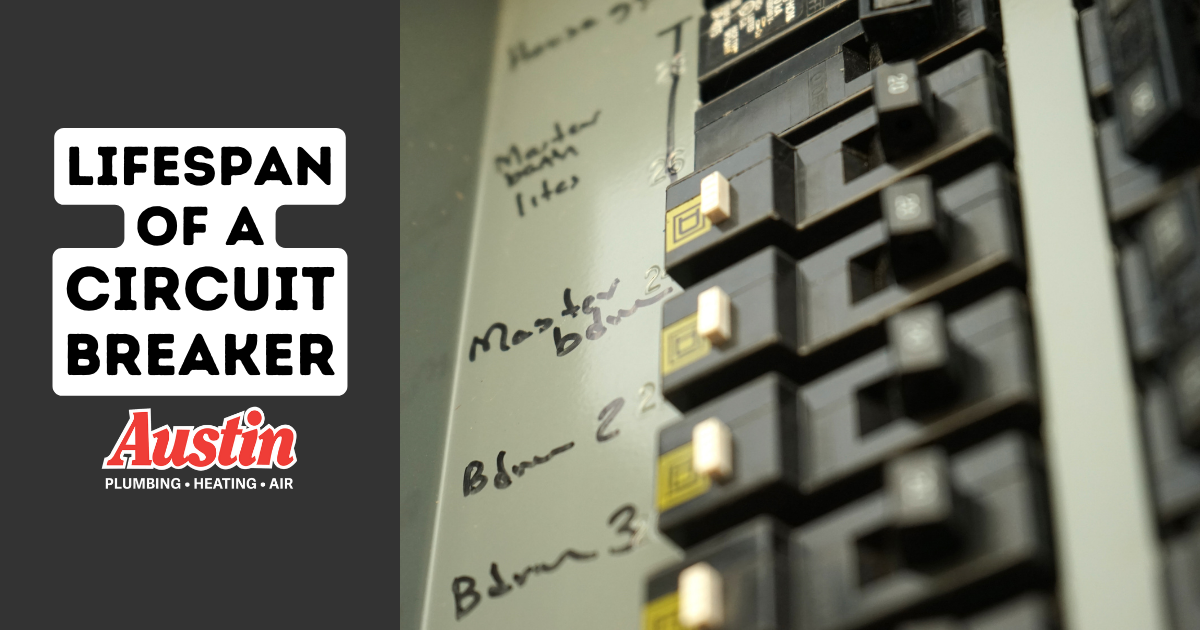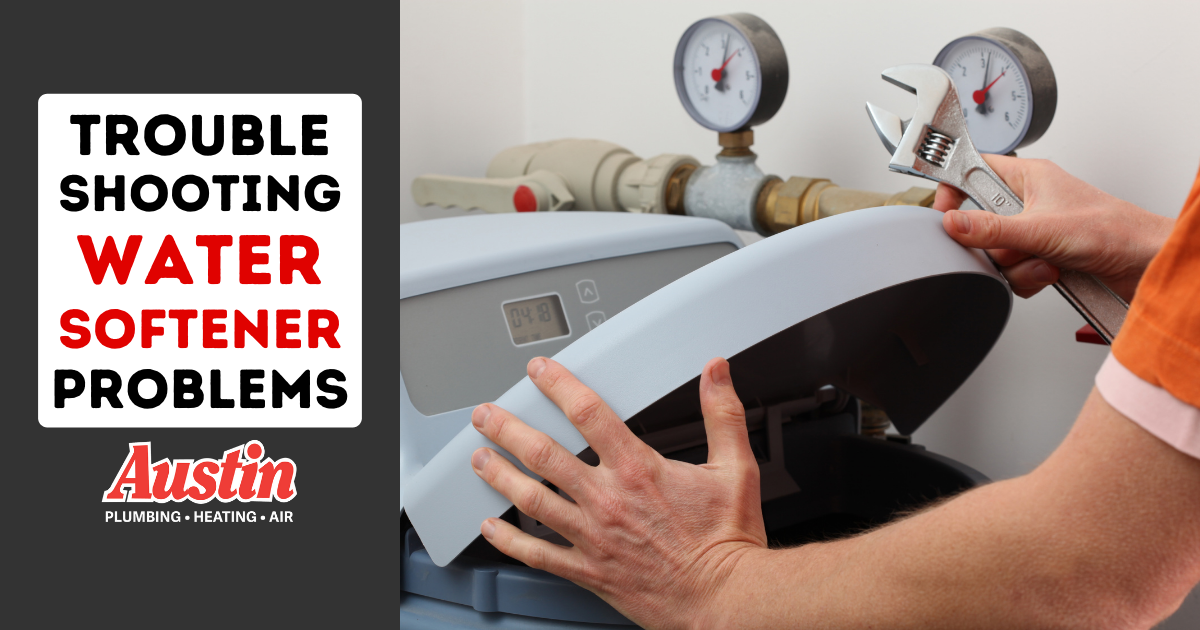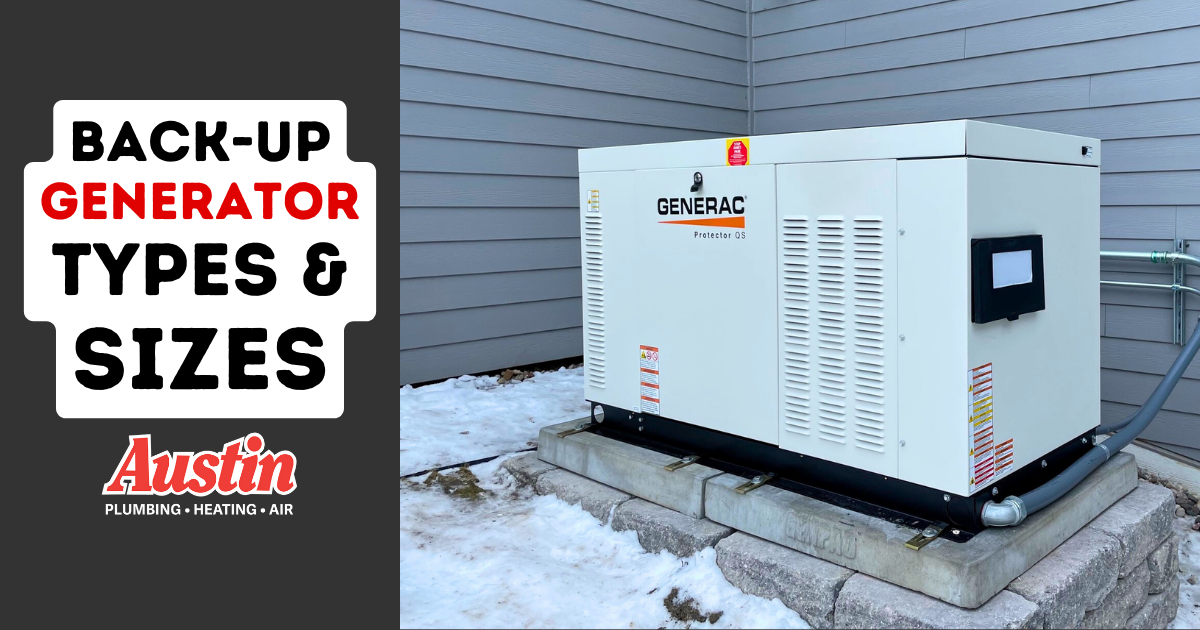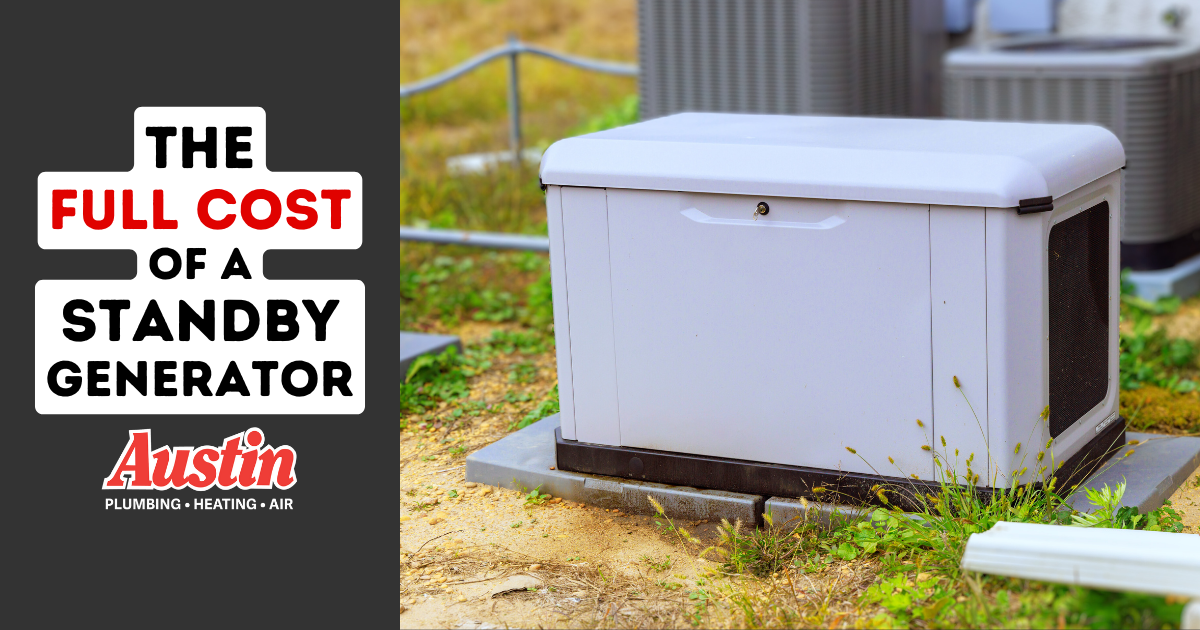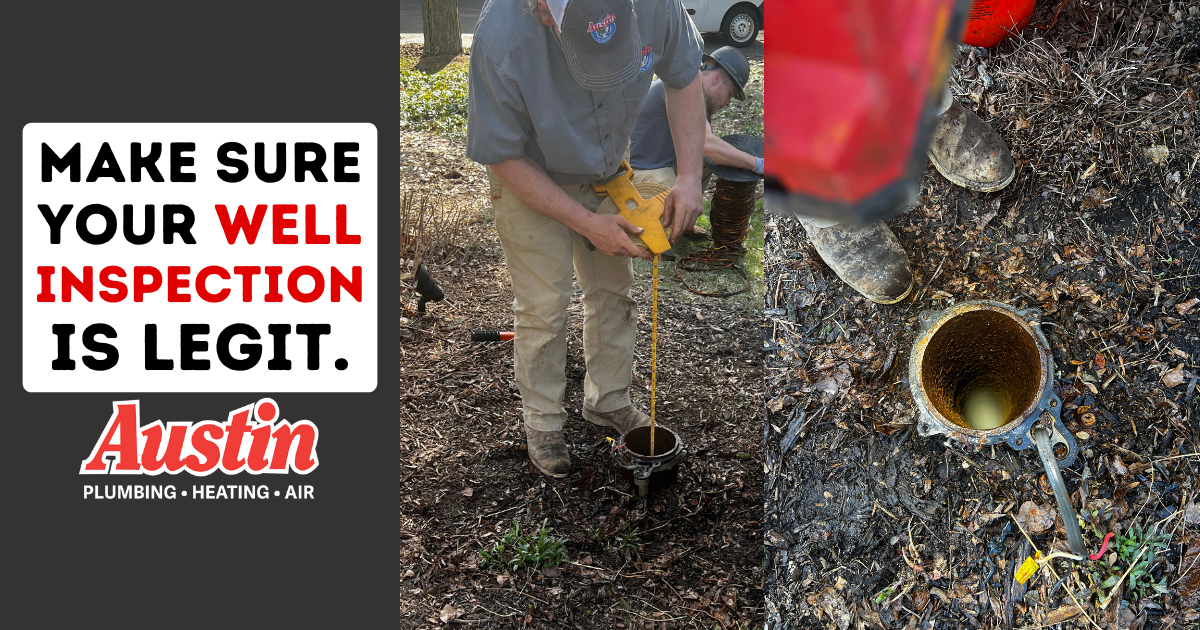Signs of a Bad Well Pump Pressure Switch
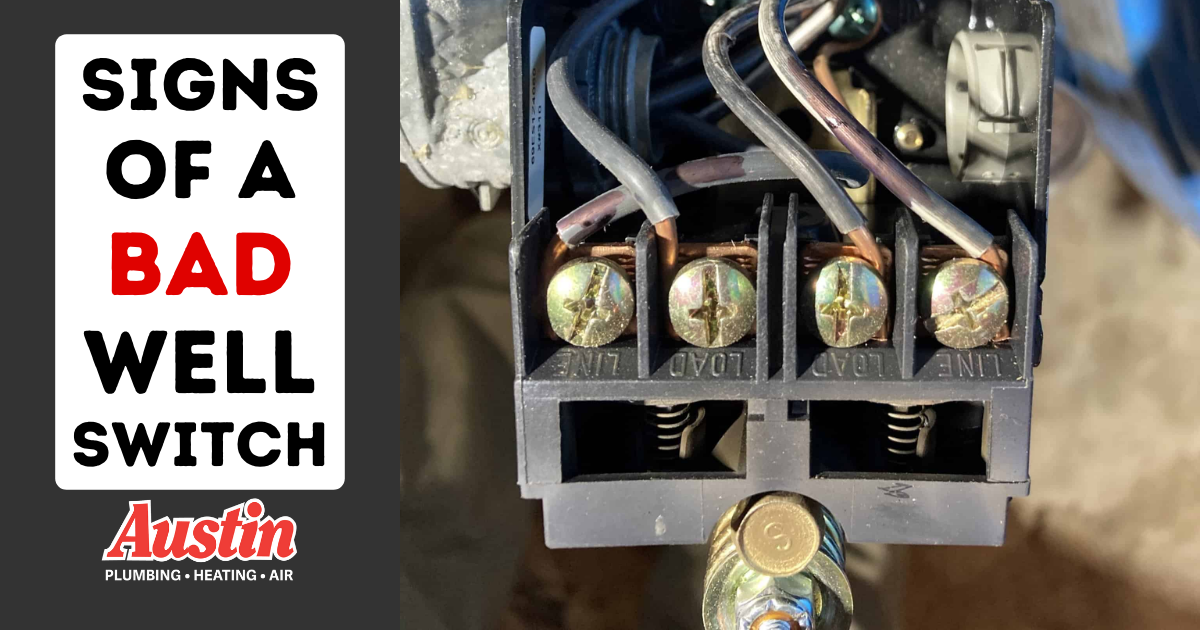
The Wisconsin Master Tradesman’s guide to determining the state of your well pump’s pressure switch.
There are homeowners with wells who once relied on city water supply, and there are homeowners who have always owned their wells. Alas, “Time and chance happeneth to them all.” Having a private well water system means that when-not if-something goes wrong, you’ll need to be proactive about it.
A little knowledge goes a long way. If you’re experiencing poor water pressure, or if you’re not getting any water at all, you might have a faulty well switch. We’re here to teach you:
- What a well pressure switch is
- How the pressure switch works
- How to find out when a switch has failed
- What you can do to fix it
What is a well pump pressure switch?
In a nutshell, the well pressure switch is like the well pump’s boss: it’s responsible for telling the well pump what to do and when to do it.
To be clear, this is not a switch that you, yourself, turn on and off. Rather, the pressure switch works ’round-the-clock to monitor water pressure at the pump, automatically relaying commands to start pumping when the pressure takes a dive and stop pumping when pressure gets too high. It’s plain to see how things could go awry without this mechanism in place.
How does a well pump pressure switch work?
The well pressure switch acts as both a sensor and a power transfer.
- The sensory aspect of the switch involves a diaphragm and springs, which are set up to detect water pressure levels. At installation, we program the switch’s pressure differential (i.e. acceptable range of pressure) and calibrate it to work within these bounds.
- Power moves from the well switch to the well pump via electrical current. Whenever the pressure switch senses that the pressure at the pump has fallen below the minimum setting, electrical contact points on the switch come together, signaling the pump to power-on. The switch maintains a closed circuit by keeping those contact points pressed together until water pressure reaches its maximum. Once the need for water has been met, these points are separated from each other, thus interrupting the electrical circuit. Finally, the well pump takes a hard-earned break-but there is no sleep for the pressure switch.
Why do bad things happen to good pressure switches?
Well pump pressure switches can fail for a number of reasons. Problems with the pressure switch can usually be attributed to one of three root causes:
Wear & Tear. Even with minimal water use, your well pump has to cycle dozens of times per day. Laundry marathons, simultaneous showers,and sprinkler systems can easily bring that number into the hundreds. Since the pressure switch is mechanical in nature, degradation is inevitable. Every time it opens or closes its circuit, it’s one breath closer to breathing its last. That’s life.
Carbon Buildup. In addition to the physical action of the switch, a chemical reaction takes place between the contact points. Every time the switch’s electrical contacts are united, a brief spark occurs, yielding some carbon. Over time, this carbon can build up until the contact points are virtually covered and no longer able to conduct electricity.
Iron Plugging. Where your pressure switch meets your home plumbing system, there is a tiny connective pipe (only about one-fourth of an inch) or “tapping” that serves as an inlet port between them. The high iron content found in many Wisconsin wells can easily deposit enoughto clog up the tapping. For all intents and purposes, this “disconnects” the switch from the pump.
The 6 Signs and Symptoms of a Faulty Well Pressure Switch
1) Water pressure in the well tank is lower than the switch’s setpoint.
Check the pressure gauge on your plumbing system. If it reads below 40 PSI, the pump should be actively working to change that. If the pump isn’t turning on despite a severely low reading, the pressure switch may be at fault.
2) The pressure switch is closed, but the well pump still isn’t working.
Observe the electrical contact points on your well pressure switch. If they are touching each other, but the pump isn’t pumping, this could indicate a system failure caused by carbon buildup.
3) The water well pressure switch is “chattering”.
Listen to your pressure switch; it could be trying to tell you something. If you can hear it rapidly switching on and off, it may be time for a replacement.
4) The well pump keeps losing pressure no matter what.
If your well pump is losing pressure even as the pressure switch is cycling on and off, this could be a sign that the switch is not sensing pressure accurately. It could also suggest a problem beyond the pressure switch, but the switch is the first possible culprit you want to eliminate.
5) The water well pump just won’t come on.
Knowing that the pressure switch is what controls the pumping cycle, we can almost always conclude that a “dead” pump is actually the fault of the switch. One way this happens is when a switch’s pressure gauge stops working properly. For example, if it displays a reading of 80 or 90 PSI-far higher than the maximum setpoint should allow-and yet the water pressure coming through the tap is weak or nonexistent, the gauge may be part of the problem.
6) The well pump never stops running!
Let’s say you’ve checked and double-checked that every single water fixture in the home is turned off. It’s been hours since the last time you ran any water, but the pump keeps on chugging. Your prime suspect in this case is, again, the pressure switch, specifically its off-mechanism.
How to Deal with a Malfunctioning Well Pump Pressure Switch
This may not be what you were hoping to hear, but tinkering with your pressure switch is an extremely dangerous decision. For laypersons, what lies behind the cover of the switch is nothing but high-voltage electricity and unfamiliar territory. Even for professionals, installation alone poses an inherent risk of getting shocked-but we’re highly trained so that this doesn’t happen!
Getting zapped isn’t the only consequence of improper setup. If your well company didn’t properly install your water system in the first place, pressure switch failure could just be the first of your problems.
Do you suspect your well pump pressure switch is failing? The well wizards at Austin Well & Pump Service are always ready to help. Call (262) 367-3808 and let us be your bridge over troubled water.
